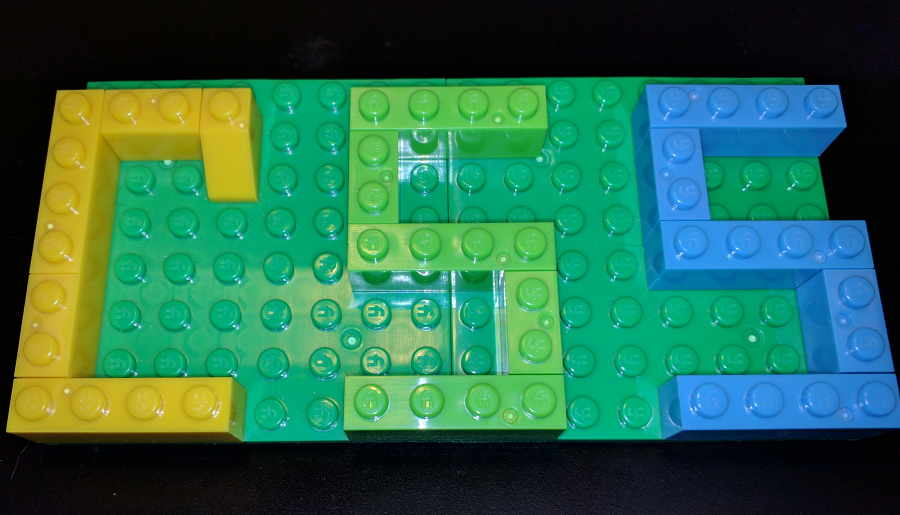Writing Less Damned Code
Permalink: Writing Less Damned Code@heydonworks has an excellent talk about how to write less buggy code. It's a one-step program:
- Write less code

@heydonworks has an excellent talk about how to write less buggy code. It's a one-step program:
Back in 2004, Demetri Martin had a funny bit about lollipops:
A lot of people like lollipops—I don't like lollipops, 'cause to me a lollipop is: hard candy plus garbage.
I don't need a handle. Just gimme the candy.
I've thought of that sketch many times in the dozen years since it aired. In particular I think of it when I see code that's repeatedly redundant.
Some time ago I came across the need for a no-op URL that would do nothing when loaded. The original use-case was an <iframe> that needed to have its [src] attribute cleared to avoid an obscure browser bug.
Another developer had originally used http://google.com, however google is not an acceptable "null" url. http://example.com is another poor choice.
You can tell when a developer
is smarter than I,
when I know their code works
but have no idea why.
This post is in response to Adam Silver's post "Button's shouldn't have a hand cursor".
It's brief and to-the-point, and makes a few arguments about the pointer and its relationship to links. I disagree with some of the points, hence this post.
If you were to ask me, "Should buttons have a hand cursor?" my response would probably be along the lines of, "Nah, they don't need it."
What I disagree with is the normative argument that buttons should not ever have a pointer effect when hovered.
Immobile Device:
Any device which, when used, causes the user to stop and ignore their surroundings.
The collective noun for developers is “merge conflict”.
I always wonder why birds choose to stay in the same place when they can fly anywhere on the earth,
then I ask myself the same question.
This post is in response to Tim Baxter's A List Apart article "Meaningful CSS: Style Like You Mean It".
It's an excellent article well worth a read and offers some pointed criticism against the current CSS practices that developers, such as myself, use when building and styling websites. If you haven't read it yet, none of this post will make sense, so go read it now and I'll be here when you're done.

@adambsilver recently published MaintainableCSS which aims to be a best-practices guide for writing CSS. It's a good read and gives generally sound advice.
I made a rather terse remark about it's similarity to BEM on twitter, and I'm hoping to clarify my thoughts in long form because I tend to be verbose and twitter isn't an appropriate medium for conveying nuanced thoughts. As this post is in response to MaintainableCSS, please be sure to go read it thoroughly before continuing otherwise much of this may not make sense.